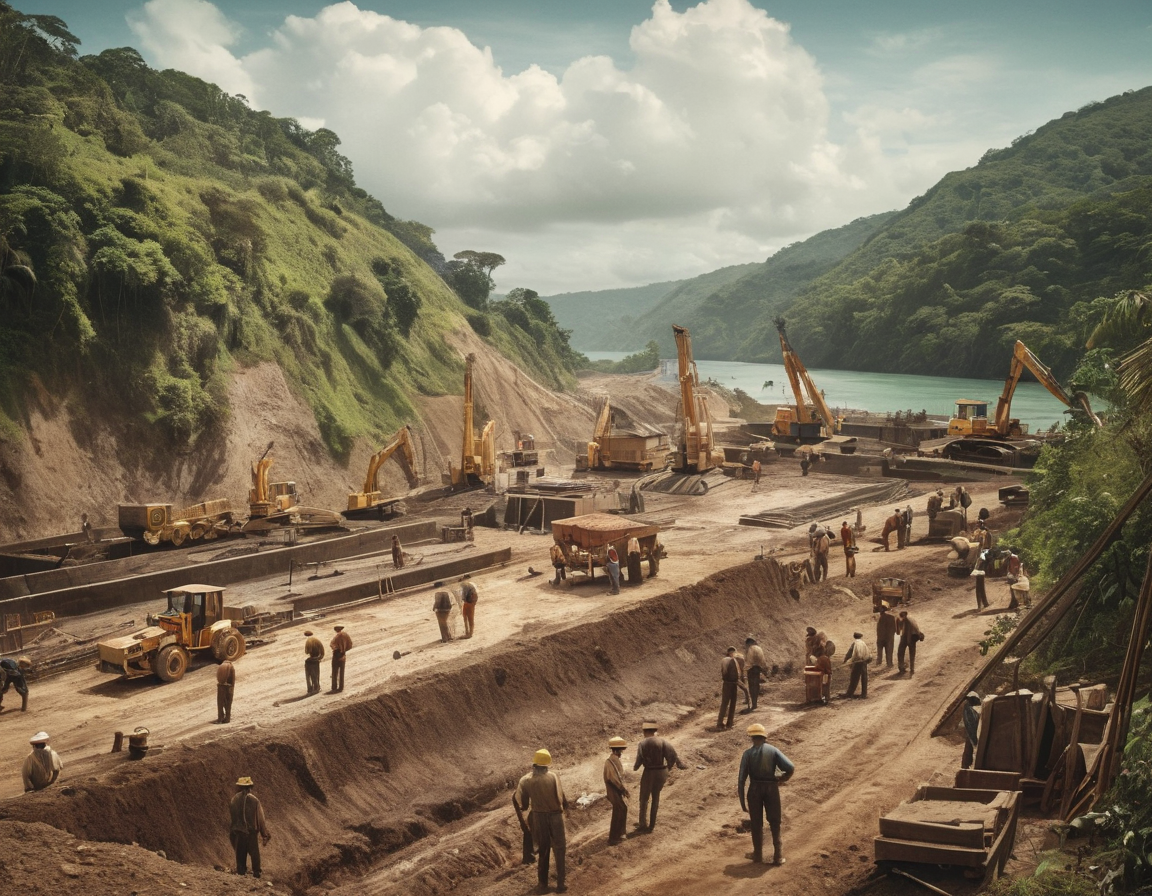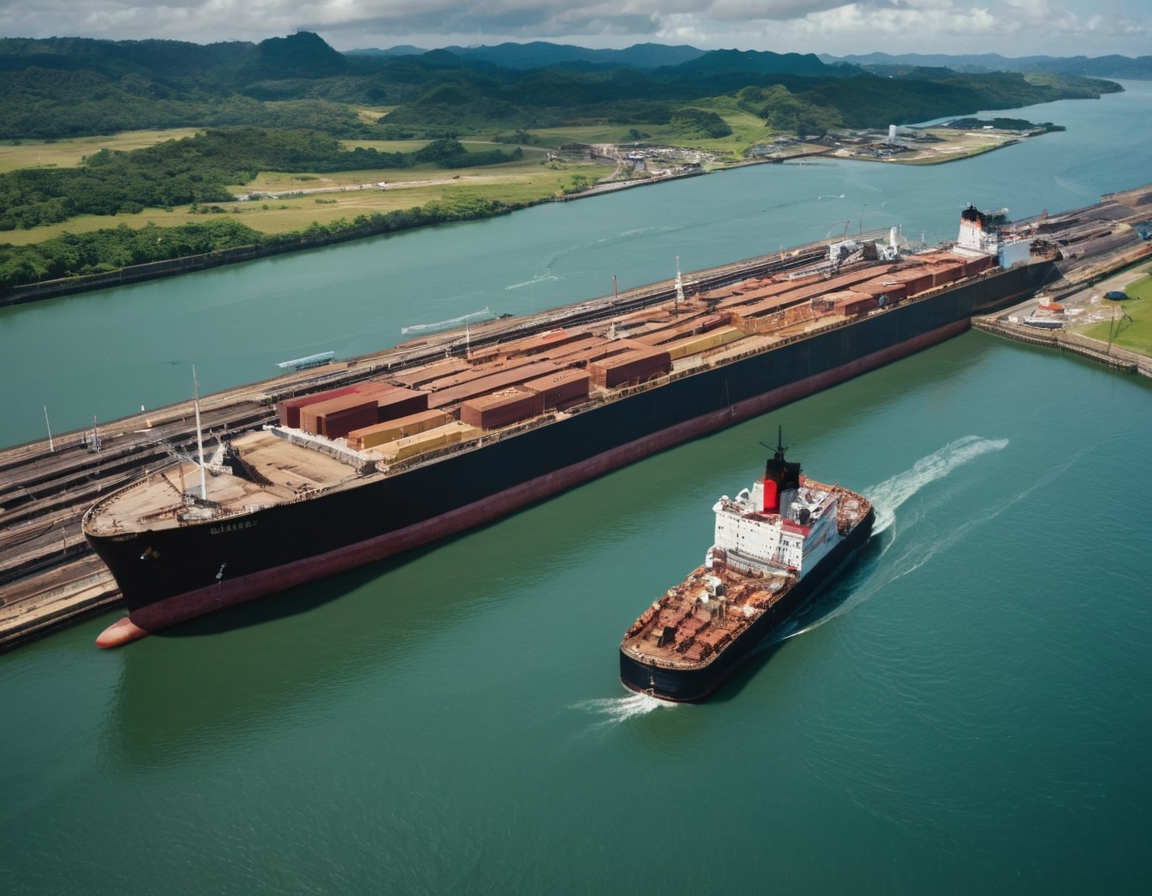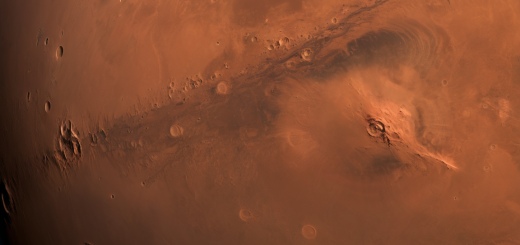Unveiling the Marvel of Engineering: The Panama Canal
Engineering Wonder of the World: The Panama Canal
The Panama Canal stands as a testament to human ingenuity and engineering prowess. Connecting the Atlantic and Pacific Oceans, this monumental construction has significantly influenced world trade patterns and continues to awe with its complex mechanism and historical significance. In this blog post, we delve into the rich history and workings of the Panama Canal, a crucial artery of international maritime trade.
A Brief History
Let’s embark on a journey through time to uncover the evolution of the Panama Canal.  It begins in the early 16th century when Spain recognized the potential of a passageway through Panama to expedite the gold and silver journey from Peru to Europe. However, the true effort began centuries later, with the French initially undertaking the ambitious project in 1881 under the leadership of Ferdinand de Lesseps. Plagued by engineering problems and high mortality due to disease, the French venture ultimately failed, paving the way for the United States to take over in 1904.
It begins in the early 16th century when Spain recognized the potential of a passageway through Panama to expedite the gold and silver journey from Peru to Europe. However, the true effort began centuries later, with the French initially undertaking the ambitious project in 1881 under the leadership of Ferdinand de Lesseps. Plagued by engineering problems and high mortality due to disease, the French venture ultimately failed, paving the way for the United States to take over in 1904.
The American era introduced remarkable innovations, including a shift from a sea-level approach to a lock-based system due to the terrain. With intense labor, technological advances, and improved disease management, the monumental task was completed, and the Panama Canal was officially opened on August 15, 1914.
How the Canal Works
The Panama Canal is not merely a channel dug through land; it is an intricate system of locks, artificial lakes, and channels that manage the lifting of ships over the Isthmus of Panama.  The canal employs a series of locks—massive concrete enclosures with gates—that essentially function as water elevators to raise and lower ships between the sea level and Gatun Lake, an artificial lake created to reduce excavation work needed.
The canal employs a series of locks—massive concrete enclosures with gates—that essentially function as water elevators to raise and lower ships between the sea level and Gatun Lake, an artificial lake created to reduce excavation work needed.
- Ships entering from the Atlantic side first reach the Gatun Locks, where they ascend 85 feet above sea level into Gatun Lake.
- The vessels then sail through the Culebra Cut, a channel carved through the continental divide.
- Finally, the ships descend back to the Pacific Ocean level through the Miraflores and Pedro Miguel locks.
This remarkable engineering feat utilizes the water from Gatun Lake to fill and empty the locks, operating in a gravity-fed cycle that requires no pumps. The system’s sustainability is a marvel in its own right.
Impact on Global Trade
By providing a shortcut between the two oceans, the Panama Canal has reshaped global trade routes. It has reduced both the time and the distance ships must travel, directly affecting economic patterns and fostering international trade. The canal services over 140 different transportation routes connecting 160 countries and reaching more than 1,700 ports around the globe. 
In recent years, considering the increasing size of modern vessels, a massive expansion project called the ‘Panama Canal Expansion’ was completed in 2016. The addition of new locks has allowed the passage of ‘New Panamax’ ships, which are significantly larger than the previous maximum-capacity vessels.
Visiting the Panama Canal
For those looking to witness this impressive construction, the Panama Canal offers viewing platforms, such as the Miraflores Visitor Center, where guests can observe ships transiting the locks and gain insights into its operation and maintenance. The experience of seeing a behemoth cargo ship gently lifted and lowered through the locks is a spectacle to behold.
Conclusion
The Panama Canal stands as a legacy of human determination, embodying the spirit of exploration and innovation. It serves as a bridge between seas, a facilitator of international commerce, and a hallmark of engineering success. This waterway’s historical, economic, and logistical significance continues to play a pivotal role on the global stage, and its story is one that fascinates and inspires.






